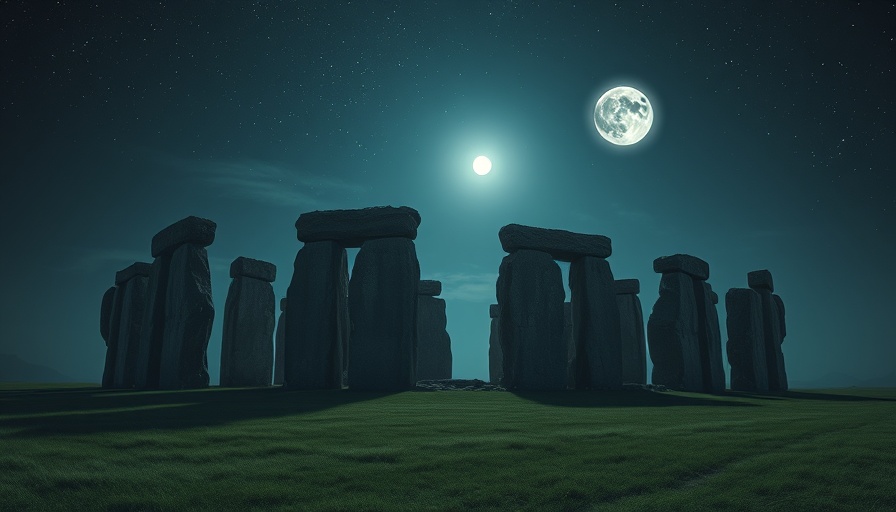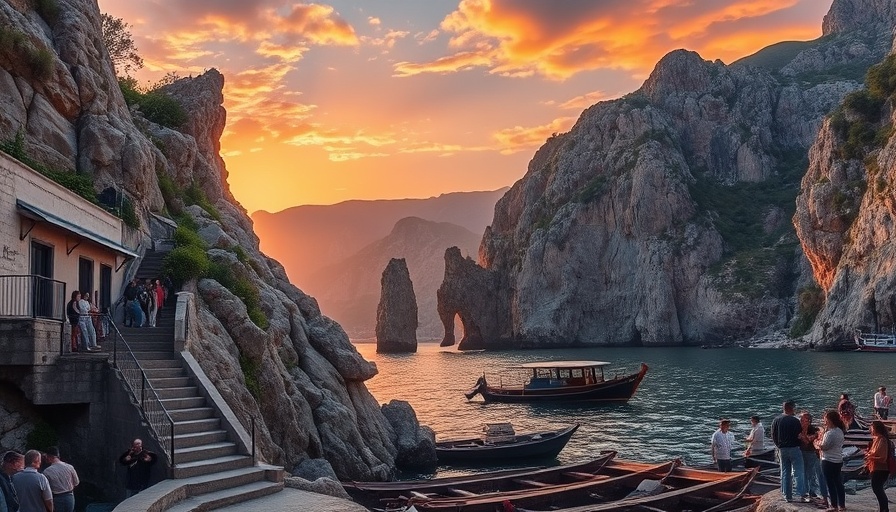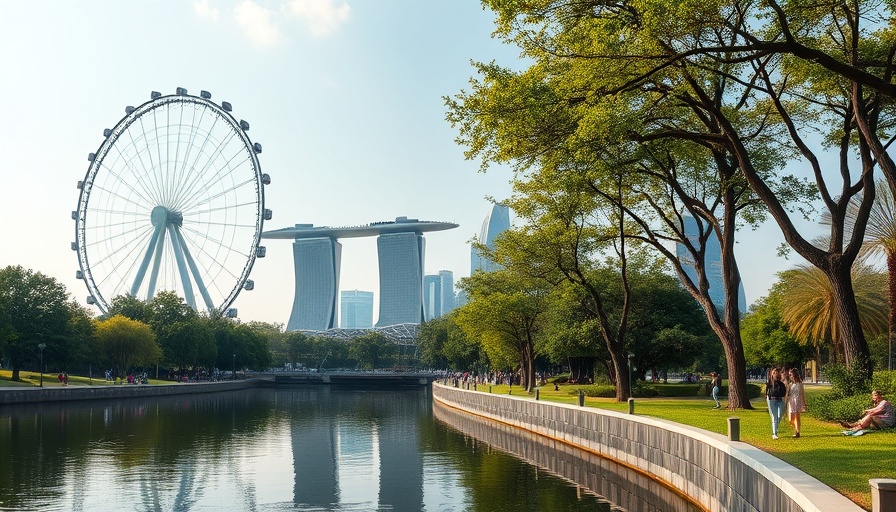
The Rising Allure of Spiritual Tourism
In recent years, we have witnessed an explosion of interest in spiritual tourism, with travelers flocking to mystical destinations around the globe. From the ancient stones of Stonehenge to the energy vortexes of Sedona, these sites offer more than just breathtaking views; they provide a sense of connection that many are currently lacking in today’s fast-paced, digitally dominated environment. This phenomenon poses a vital question: what compels us to seek out these sacred locales?
Understanding the Connection to Sacred Spaces
People are increasingly drawn to sacred spaces because these locations resonate with a deeper part of their psyche. As the world continues to grapple with rising levels of disconnection and digital overload, places like Machu Picchu and Chaco Canyon serve as reminders of something larger than ourselves—an opportunity to reflect, recharge, and reconnect with nature's wonders. Scientists suggest that these sacred sites stir profound emotional responses, capturing our imagination and igniting curiosity.
The Science Behind Our Connection to Mystical Places
Researchers reveal that locations such as the Borobudur Temple tap into the emotional core of human experiences. The intricate structures and historical significance evoke feelings of awe and reverence. As we walk among these historic sites, we are not just observers; we are participants in a timeless legacy. According to psychological studies, standing in the shadow of monumental architecture can create profound moments of emotional connectivity, serving to bridge past, present, and future.
Rituals That Enhance the Experience
Rituals and celebrations, such as those that mark equinoxes at Stonehenge, deepen our connection to these sacred sites. Engaging in these traditions fosters a feeling of belonging and community, inviting travelers into a shared human experience. These rituals allow individuals to connect with the energy of the Earth and the cosmos, enhancing the spiritual tourism experience.
Spiritual Tourism and Mental Health
Absolutely, there is a tangible mental health benefit to visiting these sites. An increasing body of research underscores how exposure to nature and sacred spaces can reduce stress, inspire personal reflection, and cultivate mindfulness. In today’s society, where many struggle with anxiety and depression due to constant connectivity, a pilgrimage to a site like Stonehenge or Sedona can provide sought-after solace and rejuvenation.
Future Trends in Spiritual Travel
As we look ahead, the trend of spiritual tourism is likely to continue its ascent. With growing numbers of individuals seeking authenticity and purpose, the demand for experiences that combine relaxation with spiritual exploration will reshape travel itineraries. Destinations known for their spiritual attributes will likely see an increase in tourism revenue, leading to greater investment in preserving these sacred sites. This newfound focus also comes with the responsibility to maintain these unique locations for future generations.
Counterarguments and Considerations
However, this rising trend is not without its criticisms. Some argue that commercialization threatens the sanctity of these sites, turning sacred experiences into mere tourist attractions. It is essential to approach spiritual tourism with respect and knowledge of the cultures and histories involved; otherwise, the very essence of these sites could become lost amidst the influx of visitors.
Making Meaning of Our Visits
Ultimately, visiting a mystical place can be a transformative experience. Whether someone seeks spiritual awakening, adventure, or a moment of peace, these journeys offer what can be described as the essence of human curiosity woven into our very existence. The next time you stand before Stonehenge or feel the energy in Sedona, take a moment to reflect on what these experiences mean to you and how they connect you with the world.
Spiritual tourism goes beyond travel; it distills into an exploration of our humanity and our quest for meaning within nature. Whether you’re wandering through the sacred ruins of Machu Picchu or seeking the tranquility of a Buddhist temple, understand that you are part of a larger journey.
 Add Row
Add Row  Add
Add 



 Add Row
Add Row  Add
Add 
Write A Comment